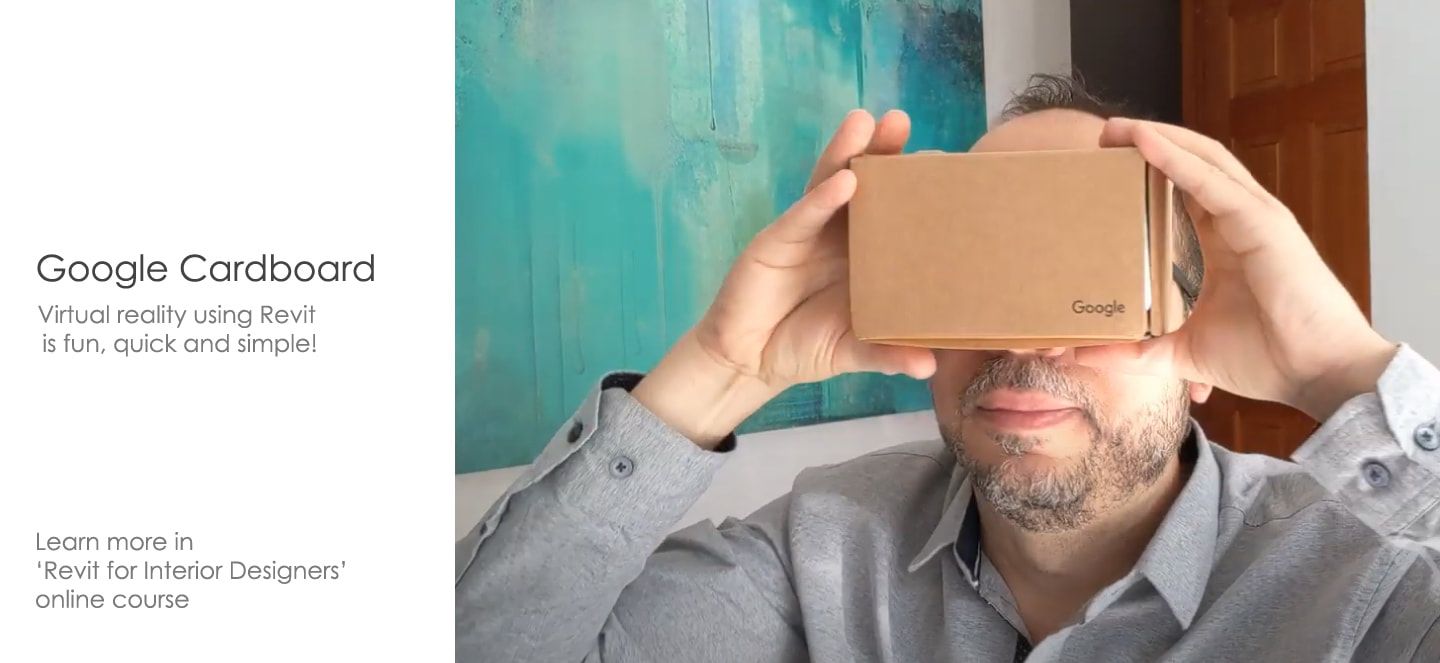|
Have you ever spent several weeks on a project, created renderings and your images turned out terrible when used in a presentation? Every image looks pixellated, blurry, fuzzy or worse. Perhaps you used Photoshop and increased the resolution thinking that somehow this would make the renderings better (NEWSFLASH, it actually makes renderings WORSE). It all boils down to PPI, DPI, Resolution, Rendering Quality, etc. They all mean the same thing. These terms determine the overall quality of the images you generated in your rendering software. So everyone wonders, 'How do I get the best quality renderings in Revit'? I'll share some best practices for renderings in Revit. in order to create 3D renders of your Revit designs, it is important to determine what quality you are after. First, let's break down some rendering terminology : Rendering - is a computer-generated image of a 2D or 3D model using computer software Pixels - open an image in Photoshop and zoom in closely. Those tiny dots are called Pixels. The more, the merrier. Resolution - how much detail (measured in pixels using DPI or PPI) an image contains. DPI - dots per inch (old-school way of describing resolution). How many pixels appear in every INCH of your image. PPI - pixels per inch (new-school way of describing resolution) Same as DPI. Rendering Quality is measured in DPI or PPI and is calculated by the size of the image X the resolution required. So, what is an acceptable quality resolution or DPI for a rendering? Well, that all depends on the purpose of your image. If an image is intended to be shared on the internet, then 72 DPI would be acceptable. However, if you intend to create a higher quality image for a presentation (either printed or PDF), then 200 DPI would be the lower limit while 300 DPI would give you the best results. The steps are as follows:
The following is a demonstration of how Enscape can be used with Revit to create an animation of your projects. Enscape is a Revit plug-in that creates real-time rendering and 3D visualizations. It is one of the easiest and least expensive tools available to bring your Revit projects to life. The Enscape website provides plenty video tutorials on how to use the software, create quick animations using Enscape and Revit and generate virtual tours. They even provide a guide to video creation in Enscape. The talented fokds at Enscape are constantly updating their software and is truly a company that listens to its customers and produces the best real-time visualization tools for Revit on the market today. Take a look at the animation below if you are not convinced: Every wonder how to add rugs, wall art, images on TV screens, etc. to your Revit projects? Does Crate&Barrel, Room&Board or Pottery Barn have the rugs you want to add to your Revit presentation? Would you like to add your favorite TV show to your Revit renderings? Well, look no further. The following tutorial makes quick work of adding accessories to Revit. The key to adding these objects to Revit is to use the Decals tool. Learn how to apply images to your Revit elements and place a Decal in a View using Revit. An additional suggestion would be to create custom families for your Revit project. For example, a custom carpet family in Revit. This way, you can use this asset in several projects without have to repeat the steps outlined in this tutorial. Are you trying to create VR tours in Revit (virtual reality)? Having trouble understanding the differences between Stereo and Mono panoramas? Want to take advantage of cloud rendering for Revit? Well, you have come to the right place. There are several software companies providing tools to generate virtual reality tours in Revit. Currently, Enscape, Lumion and V-Ray come to mind, but believe me there are a ton of options out there and the list keeps growing every day. Luckily, you do not need any of these applications to create panoramas. You can actually create 3D panoramas directly in Revit (see below). You can create Revit 3D panoramas using the Autodesk A360 cloud rendering service and make these without any third-party plug-ins. Only after you have mastered this workflow should you consider additional software vendors to further push the boundaries of what is possible with virtual reality and Revit. So, what is the big deal? Well, these VR tours provide your clients with immersive presentations by literally bringing them directly 'inside' your interior designs. What better way to sell your design than by having people 'virtually' tour your projects. Renderings, animations, physical models pale in comparison to the ability of VR tours to generate the emotions of touring a design for the first time (months before the project is constructed)! Because these VR presentations are digital, they can be quickly shared and distributed via text messages, email, websites, etc. while your audience can view them on smartphones, tablets, laptops , etc. VR is here to stay and its capabilities will continue to benefit everyone and take the guesswork out of unbuilt projects. Save time, save money, impress clients and get on the bandwagon today! So, everyone is wondering what we will be creating in this year's 'Revit for Interior Designers' class. Well, look no further as I have created the following virtual tour and posted it in my YouTube channel for everyone to enjoy. Arizona, here we come (virtually)! We will include how to create 360 panorams in Revit during our online training. Just CLICK&DRAG on the image below and take a look at the interior design. We will be using a 'Panorama - Autodesk 360 Rendering' workflow to export the panoramas and create a virtual tour using Revit. Panoramas are 360 virtual tours of 3D models. For those that do not know how to create a 3D 360 panorama in Revit, we will first learn how to create your interior design using Revit, then take your Revit project file and export these types of images. We we will be creating a Stereo Panorama from Revit allowing users to virtually stand within your design. Once created, you can take your 3D Revit panoramas and share them with your clients, customers, etc. to demonstrate your interior design using Revit. My instructions will provide an easy to create a virtual tour using Revit. Finally, once you create these VR views from Revit, you can immerse your clients within the presentations by using Revit with Google Cardboard (see below). |
AuthorJohn Manfredy has over two decades of expertise teaching architectural technology to architects and interior designers. Coursework has included Autodesk products: Revit Architecture, 3D Studio Max, Autocad and SketchUp. Archives
September 2023
Categories |


 RSS Feed
RSS Feed